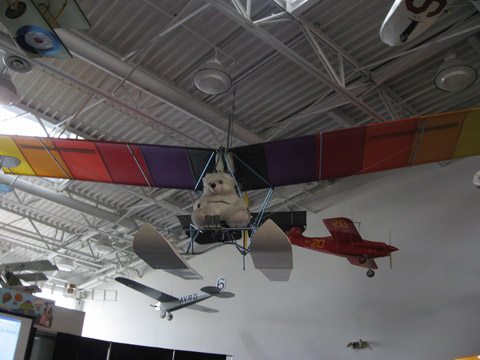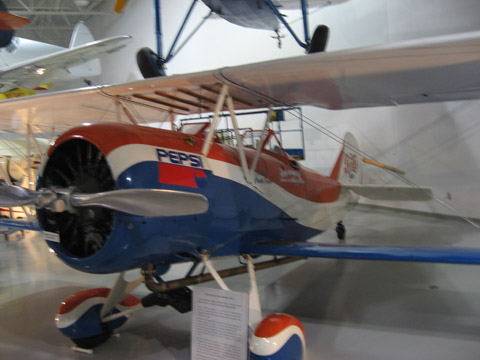November 13, 2009 to November 17, 2009 with Patricia Lorono and Alice.
Visited Riverton, Wyoming. (Original post/backup link)
My personal glimpse into the first half of the 21st Century for some yet to be known future
November 13, 2009 to November 17, 2009 with Patricia Lorono and Alice.
Visited Riverton, Wyoming. (Original post/backup link)

 Magenn has an innovative balloon wind power generator which goes by the name Mageen Air Rotor System (MARS). It floats far above the ground to take advantage of wind that is more reliable than ground based turbines. Here's an ancillary article in Design World on material used to make MARS.
Magenn has an innovative balloon wind power generator which goes by the name Mageen Air Rotor System (MARS). It floats far above the ground to take advantage of wind that is more reliable than ground based turbines. Here's an ancillary article in Design World on material used to make MARS. Jeff Ray gives us an update on MicroWind Technologies which makes relatively small rooftop wind turbines called MicroWind Residential Turbine which will be able to produce 3 kW. They also have the MicroWind 300W which can be lamp post mounted.
Jeff Ray gives us an update on MicroWind Technologies which makes relatively small rooftop wind turbines called MicroWind Residential Turbine which will be able to produce 3 kW. They also have the MicroWind 300W which can be lamp post mounted.
 Get nearly perpetual power with these little energy cells that can recharge by harvesting ambient energy, such as kinetic, electromagnetic, heat, radio frequency, and light. This may change everything from hand held devices to desktop computers.
Get nearly perpetual power with these little energy cells that can recharge by harvesting ambient energy, such as kinetic, electromagnetic, heat, radio frequency, and light. This may change everything from hand held devices to desktop computers. In real life Star Trek technology news, there's a phrase (not phaser) translator called the Phraselator which will translate statements into one of several languages. It's one-way translation today, but with two of these, you just might be able to carry on a short conversation about the weather with just about anyone on the planet.
In real life Star Trek technology news, there's a phrase (not phaser) translator called the Phraselator which will translate statements into one of several languages. It's one-way translation today, but with two of these, you just might be able to carry on a short conversation about the weather with just about anyone on the planet. I recently had a chance to visit the Hiller Aviation Museum. It's an interesting place. The museum is housed within a former industrial building.
I recently had a chance to visit the Hiller Aviation Museum. It's an interesting place. The museum is housed within a former industrial building. One of the more interesting facts promoted at this museum is that there where successful attempts at powered flight long before the Wright Brothers. The Herman Avitor Jr. (or just Avitor) was powered by a 1-hp steam engine that drove twin propellers. It was was the first successfully flown heavier-than-air aircraft to employ a three-axis control system. It was built in San Francisco, CA. In 1869 it took flight near the modern day SF Int'l Airport. Sometime after its first flight, the contraption was destroyed when it caught fire.
One of the more interesting facts promoted at this museum is that there where successful attempts at powered flight long before the Wright Brothers. The Herman Avitor Jr. (or just Avitor) was powered by a 1-hp steam engine that drove twin propellers. It was was the first successfully flown heavier-than-air aircraft to employ a three-axis control system. It was built in San Francisco, CA. In 1869 it took flight near the modern day SF Int'l Airport. Sometime after its first flight, the contraption was destroyed when it caught fire. Another interesting exhibit was the Pepsi Skywriter, used by Pepsi to promote their product for a few decades starting in the late 1920's. I'm not sure if this is a replica, but it is interesting to see the old Pepsi logo and figure how long ago companies where using inventive new marketing techniques to promote their products.
Another interesting exhibit was the Pepsi Skywriter, used by Pepsi to promote their product for a few decades starting in the late 1920's. I'm not sure if this is a replica, but it is interesting to see the old Pepsi logo and figure how long ago companies where using inventive new marketing techniques to promote their products.

